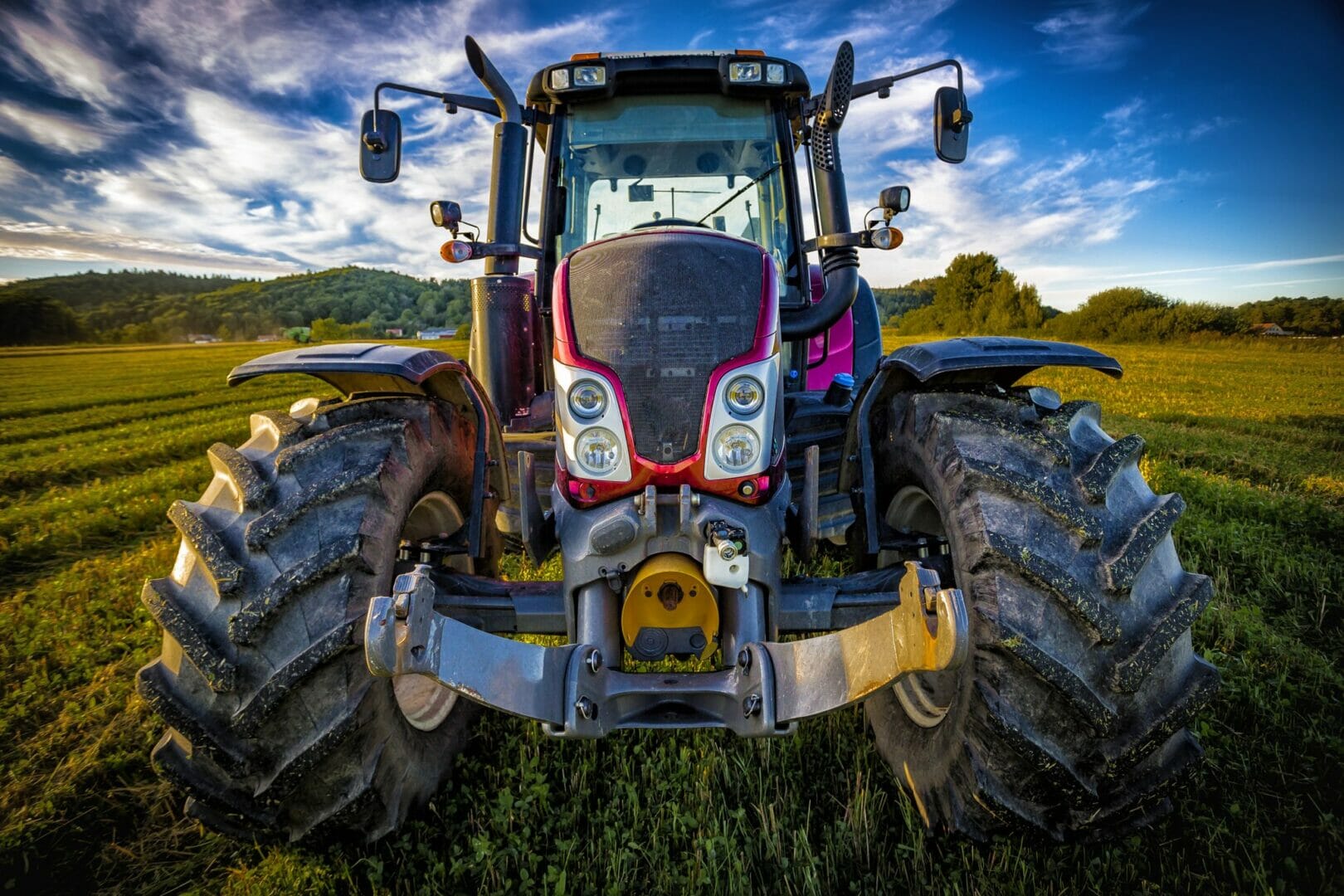With demand for food ever growing, powered agricultural equipment is a segment that is set to continuously grow. OEMs are required to keep pace with this demand, while still delivering progressively more optimised tractors, combines, sprayers, seed drills and cultivation equipment to maximise harvests. One way to optimise the design, manufacture and packaging of this vital equipment is to utilise precision curved metal, which is now becoming more prevalent in the sector.
Matthew Pritchard, Group Project Manager at Barnshaws Section Benders, the world’s premier specialist profile bending company, explores how curved metal can deliver benefits to manufacturers of powered agricultural equipment.
When designing a piece of powered agricultural equipment, your starting point is going to be the chassis. This is usually formed of solid plate that is either bolted or welded together. Naturally, this approach to chassis construction requires a large amount of fabrication. However, press braking solid plate to eliminate welds across a chassis design can result in a frame which offers the same strength, but crucially with expediated production timeframes. Press braking can be carried out with high repeatability, with plates of almost any size. By identifying areas of the chassis that can incorporate press braked sections, OEMs have the opportunity to reduce production times by utilising them. In an industry with high demand, this efficiency gain adds up to improved manufacturing productivity.
The general industry trend in powered agricultural equipment is to deliver ever larger and stronger vehicles. This provides improved productivity and durability in the field. In this case, curved metal can be an attractive design alternative to welded sections, as it can deliver the required strength with less fabrication demands. Curved sections are typically lighter too, so increases in vehicle size can be accommodated while keeping overall weight down.
Powered vehicles such as forage harvesters present an opportunity to utilise curved metal. Collected silage is dispensed from the forage harvester via a chute into an adjacent trailer. Using a curved chute in this application improves material flow, which compared to an angle chute, results in less wear. This translates to a longer service life for the chute, and reduced maintenance requirements for vehicle operators.
The cab is important in providing comfort and safety to the driver. All modern self-propelled farming equipment will feature one, and curved metal can integrate seamlessly with designs. Curved metal can be provided to high quality standards, which ensures it can comply with the safety levels required in cab design and construction. Smaller profiles or larger sections can be provided equally.
Barnshaws Section Benders has built a formidable reputation in steel and aluminium bending through its support of the construction, transport, offshore and art sectors. The business offers a pressing capability to lengths of 12 metres up to 1000 tonnes, with an induction bending capacity that can service 32” pipes and section bending up to 35 metres long. Able to service orders of almost any quantity quickly, Barnshaws’ experience in providing curved metal for the transport sector, its large onsite machine capacity and its expert workforce ensure that the production needs of an agricultural OEM can be met reliably.








